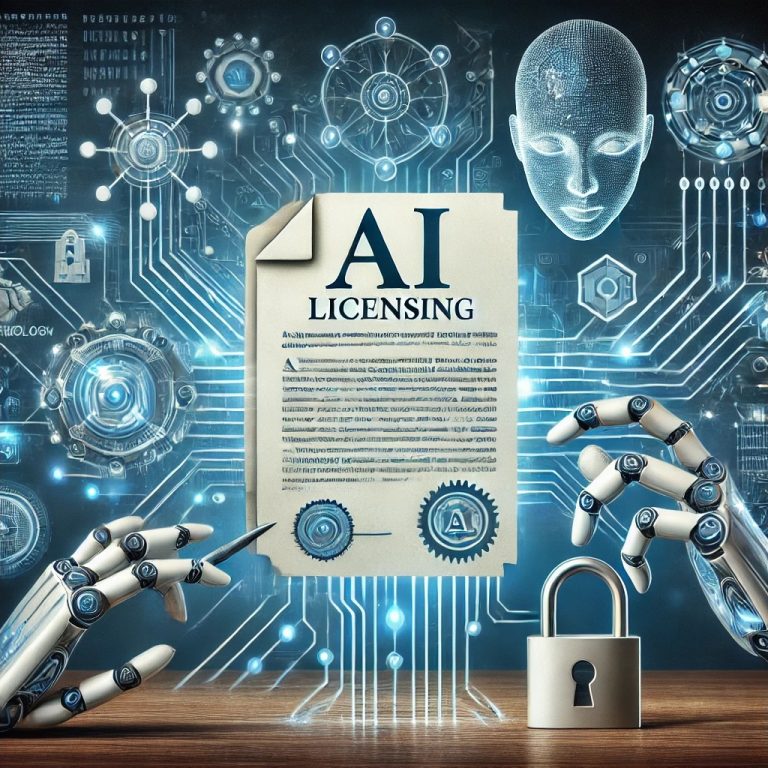Artificial Intelligence (AI) is rapidly transforming industries, pushing the boundaries of what technology can achieve. Open-source models and tools are more powerful than ever, and ML teams often implement them in business processes. However, understanding the requirements, limitations, and costs is crucial to ensure that your business complies with the license guidelines.
AI licensing does not simply follow a legal process; in fact, it governs a major aspect—how AI technologies should be used, distributed, and modified. The kind of AI license selected can help decide the integration, sharing, or commercialization of AI models. Thus, it is one of the fundamental tools that developers, researchers, and businesses have to navigate the legal complexities of AI systems.
In this article, we present an analysis of AI licenses by cross-referencing their terms, their use cases, and implications, so that better decisions can be taken. For brevity purposes, we have also included a table for you to easily compare licenses.
About us: Viso Suite is our production-ready computer vision platform. With Viso Suite, firms gain real-time insights and control of the entire machine learning pipeline. To learn more about how your team can harness the power of computer vision, book a demo with our team of experts.
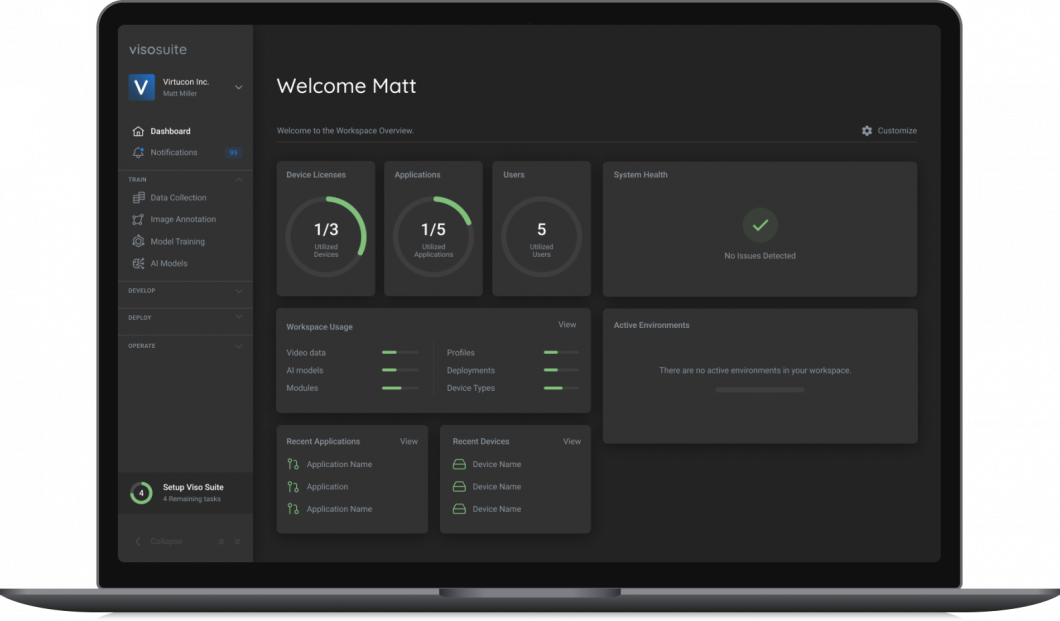
Types of Licenses in AI
AI licensing cannot be a one-size-fits-all approach. These licenses will vary based on the nature of the AI product, intended use, and the degree of openness or restriction desired by the creator.
Here are some common categories of AI licenses:
| AI License Category | Description | Examples | Usage Restrictions | Permitted Uses | Key Considerations |
|---|---|---|---|---|---|
| Open Source | Licenses that allow for the modification and distribution of the software. | MIT, Apache, GPL, BSD | Must include original license, cannot be made proprietary. | Research, commercial, educational | Code transparency, community support, legal compliance |
| Proprietary License | Software licenses where the software remains the property of the licensor. | Microsoft, EULA, Google Cloud AI IoS, NVIDIA AI License, OpenAI API License | Strict usage limitations, no modification | Commercial, internal business use | Cost, no access to source code, limited flexibility |
| Creative Commons License | Licenses that allow creators to specify terms of use for their works. | CC BY, CC BY-SA, CC BY-ND, CC BY-NC, CC BY-NC-ND, CC BY-NC-SA | Depends on specific license (e.g., attribution, non-commercial) | Sharing, remixing, academic | Varies by license; ensure proper attribution |
| Data-Centric Licenses | Licenses specifically designed for datasets and data usage. | Open Data Commons, ODbL, PDDL, DUA | Restrictions on data sharing and modification | Research, AI, training, commercial | Data provenance, legal implications of derived works |
| AI-Model Specific Licenses | Licenses tailored for AI models, focusing on the use and distribution of trained models. | RAIL | Often restricts deployment, requires compliance with ethical guidelines. | Deployment, research | Ethical considerations, model misuse prevention |
| Custom Licenses | Licenses specifically crafted for unique requirements of a project or organization. | Custom agreements | Highly variable depending on terms | Specified in the custom agreement | Ensure clarity in terms, legal consultation recommended |
Open Source AI License
Open-source licenses have been a cornerstone in the software development community for decades. They allow free access, modification, and distribution of the source code. However, they come with particular terms and conditions that apply diversely to different licenses.
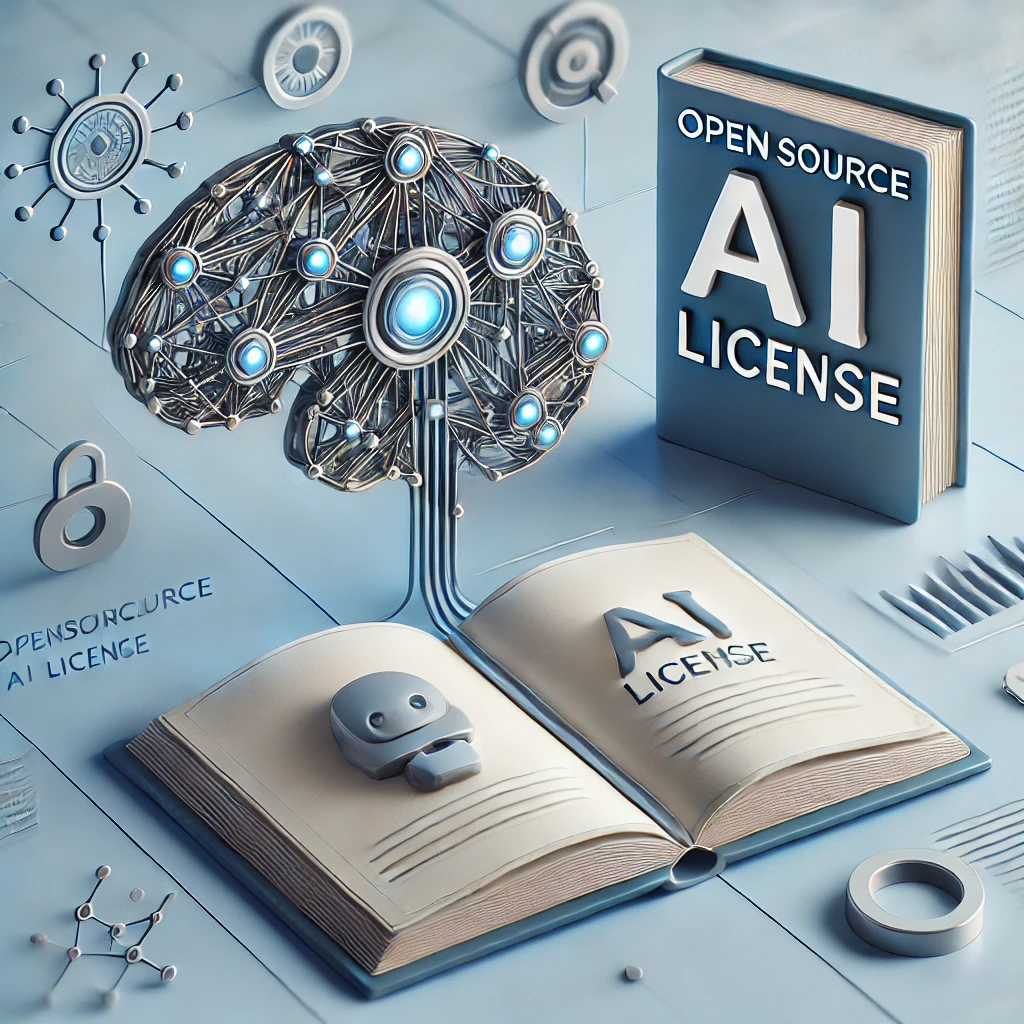
The most popular open-source licenses in AI include:
MIT License
The MIT license (fully pronounced as Massachusetts Institute of Technology license) is one of the simplest and most permissive open-source licenses. It allows developers to use, modify, and distribute the software with very minor restrictions.
The only restriction is that the original copyright and license notice must be included in any substantial portion of the software. This makes it perfectly suitable for AI projects whose intent is to drive wide adoption and innovation.
Main features:
- Free
- Allows commercial and private use
- No copyleft obligations
Use Cases:
- Ideal for AI projects encouraging wide adoption
- Appropriate for AI tools in educational and research settings.
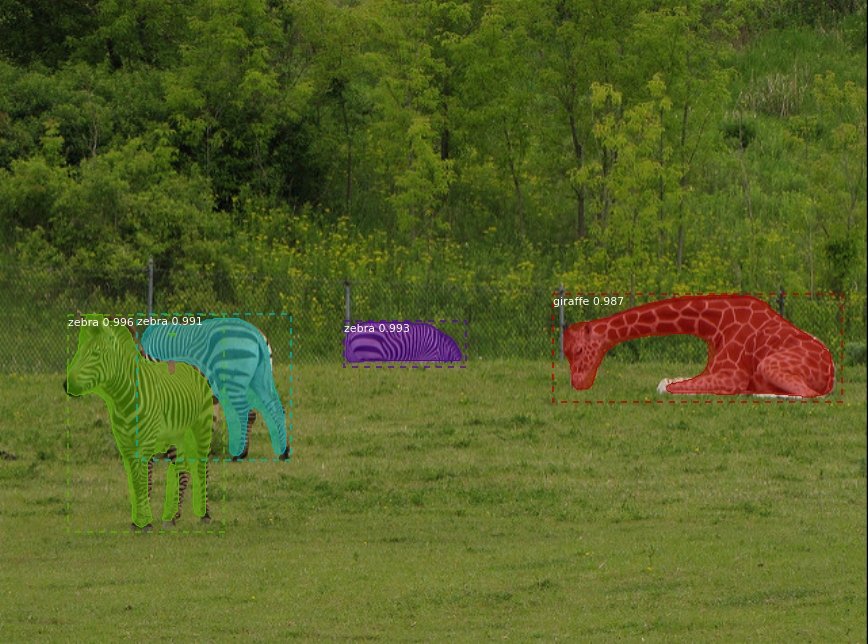
Apache License 2.0
Apache License 2.0 is balancing permissiveness with protection. It permits one to use, modify, and distribute software with the added condition that if you modify it, say so. It also contains a specific grant of patent rights from contributors to users, providing protection in case of a lawsuit involving copyright infringement claims. As Apache License also adds, in case you are distributing altered files of the software, you need to publish a clear notice that changes were applied.
Apache License 2.0 is best for AI projects with multiple contributors or when you aim to commercialize your project. The detailed provisions of the license, relating to the patents and contribution tracking, are a strong option for projects where there is a specific need for legal clarity and protection.
Key Features:
- Includes a patent grant
- Requires attribution and notice of any modifications
- Allows sublicensing
Use Cases:
- Suitable for projects in the AI space that could be heavy on patented technologies
- Preferred in enterprise environments where legal protection is critical.
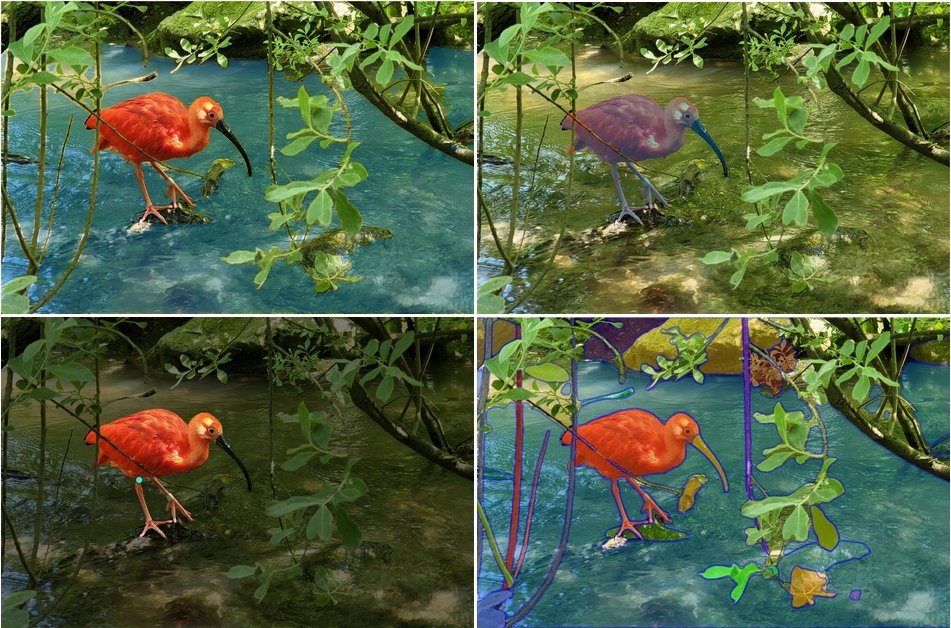
GNU General Public License (GPL)
The GNU General Public License (GPL) is a copyleft license. It makes sure derivative work built upon the original source code is distributed under the same terms as the original one. That way, the software, along with all its derivatives, will be open source. It has versions—the latest is GPLv3.
This license is particularly important for AI projects that insist on openness of collaboration and free distribution of knowledge. However, the requirements of the GPL may be a little heavy on the project if one wants to mix it with proprietary software or for businesses looking to commercialize their AI technologies.
Key Features:
- Secure copyleft provisions
- Derivative works mandate open-source
- Freedom to use, modify, and share
Use Cases:
- Ideal for full open-source AI projects
- Ideal for research and development collaborations.
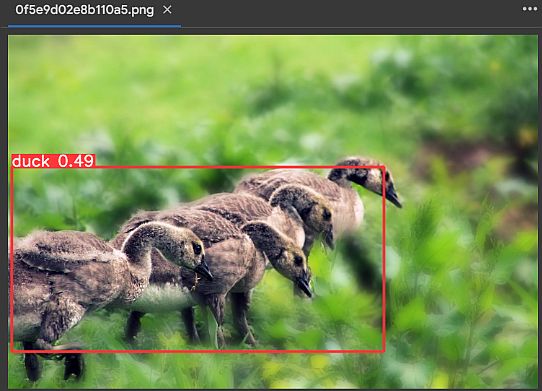
BSD License
The BSD license is very similar to the MIT License. Yet, it contains an additional clause that forbids using the name of its contributors while promoting derivative products without their explicit consent. Major variants of the BSD License include— Original or “4-clause” BSD License, New BSD License/Modified or “3-clause” BSD License, and Simplified BSD License/Free “2-clause” BSD License.
This is, therefore, the best suited license for any AI project that tries to maintain a balance between openness and control over branding.
Key Features:
- Allows use, modification, and distribution of its source code for free
- Requires retention of copyright notices
- Compatible with proprietary software
- Less complex compared to Apache 2.0 and yet more explicit than MIT
- No copyleft obligations
Use Cases:
- Ideal for AI projects that require flexibility or widespread adaptation
- Commonly used in academic and research settings
Proprietary Licenses
An AI proprietary license is a software license where the user is licensed to use the AI model with limited rights. Specifically to conditions set by the owner or developer of the software. Proprietary licenses are more restrictive than open-source licenses. Users can obtain only limited rights with respect to the modification and distribution of the software.
This type of license typically imposes terms and conditions that users must agree to before applying the tools of artificial intelligence, which may contain restrictions on modification, distribution, and commercial use.
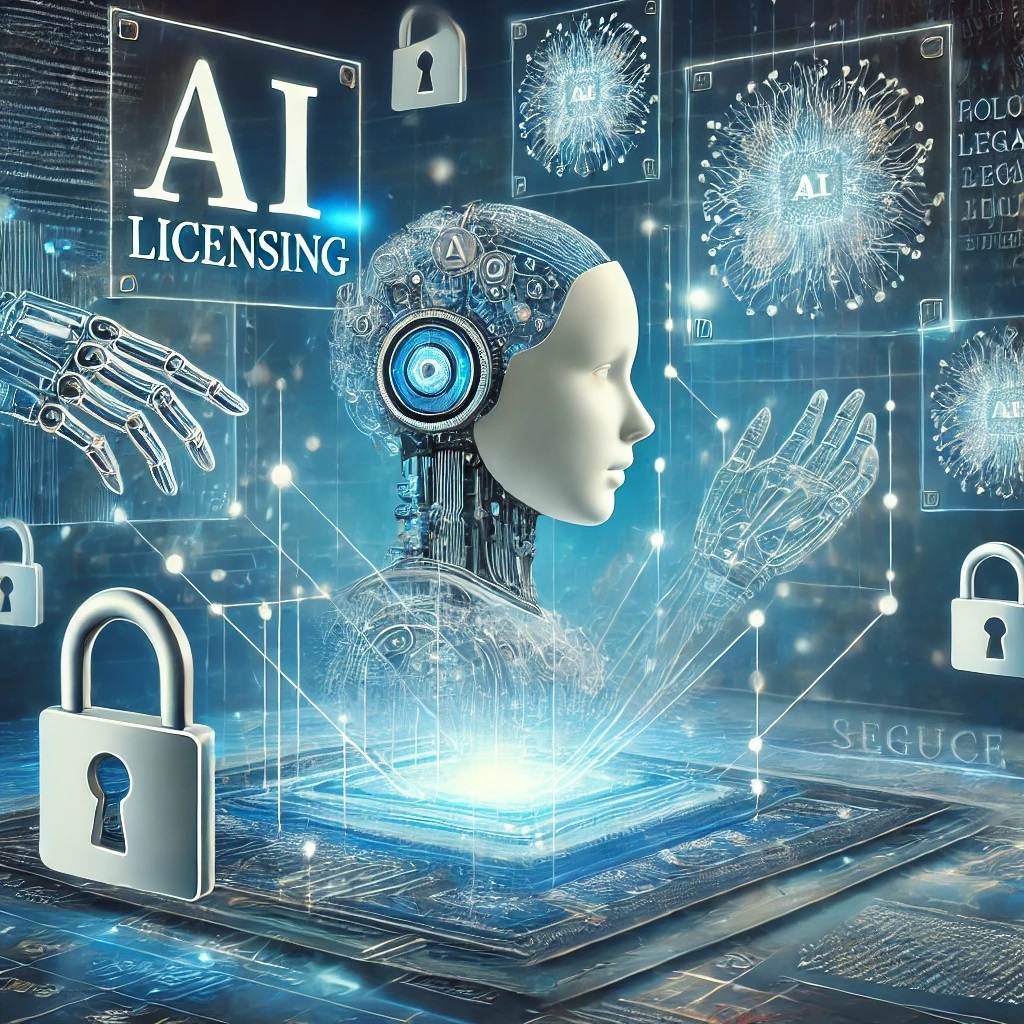
Below are some of them.
Microsoft End User License Agreement (EULA)
This is the Standard Proprietary license for Microsoft AI products including Azure AI and other associated tools. It restricts the access of their AI software to only terms specifically defined by Microsoft.
Google Cloud AI Platform Terms of Service
This proprietary license governs the use of Google’s AI services and tools offered through its cloud platform. It includes restrictions on usage and access, as well as terms for intellectual property protection.
NVIDIA AI Enterprise License Agreement
NVIDIA licenses govern the use of NVIDIA’s AI software suite, which is designed for enterprise deployment. It restricts changes and sharing. It runs only in predetermined environments and is best on NVIDIA-certified hardware. The license also offers support, updates, and compliance terms and conditions that help secure optimized enterprise AI deployments.
OpenAI API License
OpenAI provides access to its generative AI models and other tools under a proprietary license, which outlines specific usage limitations, data handling policies, and intellectual property rights.
Creative Commons Licenses
Creative Commons (CC) licenses in artificial intelligence (AI) refer to a set of open licenses that allow creators to share their AI-related work with varying levels of permission for use, modification, and distribution. These licenses are often applied to AI models, datasets, research papers, and other related content.
Below are the Creative Commons licenses that are used in AI model deployment:
- Attribution (CC BY): This license lets others distribute, remix, adapt, and build upon the AI work, even for commercial purposes, as long as they credit the creator for the original creation.
- Attribution-ShareAlike (CC BY-SA): Similar to CC BY, but the derivative works have to be under the same terms to guarantee that the derivatives are also free.
- Attribution-NoDerivs (CC BY-ND): Redistribution allowed for both commercial and non-commercial use. But the user cannot make any changes whatsoever to the original, i.e. no derivatives of the original work.
- Attribution-NonCommercial (CC BY-NC): Allows others to remix, adapt, and build upon the work non commercially. While new works must give credit to the creator, the new works don’t have to be licensed under the same terms.
- Attribution-NonCommercial-ShareAlike (CC BY-NC-SA): Allows others to remix, adapt, and build upon the work non-commercially, as long as they credit the creator and license their new creations under identical terms.
- Attribution-NonCommercial NoDerivs (CC BY-NC-ND): Most restrictive license. It provides that model developers can download the source code and redistribute copies provided they attribute the owner of the content, but no modification in the source file can be developed nor any commercial use.
Data-Centric Licenses
Data is the backbone of AI, and licensing data sets is a significant aspect of AI development. The type of license issued to data is a legal agreement for controlling the modification, distribution, and use of data sets.
This is one of the most important components of Artificial Intelligence (AI) and Machine Learning. Models require large datasets for training. Such licenses do what the data users can and cannot do with the data and protect the rights of the data owners while promoting responsible and ethical usage of the data.
Examples of a few data-specific licenses are:
Open Data Commons (ODC) Licenses
ODC licenses are designed for open data projects. They provide a legal framework for sharing data while ensuring that the data remains open and accessible. The most common licenses for ODC are the Open Database License (ODbL), the Attribution License, and the Public Domain Dedication and License (PDDL). This is very relevant to AI for this usually datasets will have to be very large.
Key Features:
- Opens up data-sharing
- Requires attribution
- Possibly use provisions on the integrity of data and attribution
Use Cases:
- Suitable for public datasets used in AI research.
- Perfect for public data projects and community-driven AI initiatives.
Data Use Agreements
A data use agreement is a legal contract. It prescribes the conditions for using, sharing, or storing data. Generally, DUAs are common in academic and research settings that involve sensitive or proprietary information. General issues contained in the agreement include matters of data privacy, security, and confidentiality of data.
Key Features:
- A contract that is legally binding
- Specifies the rights, restrictions, and responsibilities around usage
- Ensures compliance with privacy laws and ethical standards
Use Cases:
- Suitable for AI projects involving sensitive or proprietary data
- Ideal for collaborations between institutions where data sharing is governed by strict legal and ethical guidelines
AI Model-Specific Licenses
AI model-specific licenses are legal frameworks designed to govern the use, distribution, modification, and deployment of artificial intelligence (AI) models. These licenses are made to AI model needs, considering the way they are developed, their application, and potential impact.
Such licenses bring transparency and control in the use of AI models and promote responsible, ethical AI practices.
One of the popular types of AI model-specific licenses is the Responsible AI license. Let’s discuss it in detail:
Responsible AI License (RAIL):
The Responsible AI License is an AI model-specific license that includes ethical aspects in the licensing terms. This RAIL license enables the use of AI models under certain conditions while emphasizing responsible and ethical usage. Its purpose is to prevent misuse of AI that can harm people or society.
- RAIL Licenses:
The development of RAIL licenses aims to ensure that the use of AI models is in line with Responsible AI practices, preventing possible discriminatory or unethical uses.
- Usage Restrictions:
A RAIL license might limit the usage of the AI model in applications that are potentially harmful, infringe on privacy, or involve the promotion of illegal actions.
- Community-Oriented: RAIL licenses often focus on encouraging the community to report abuse and ensuring that AI models deliver a net positive impact on society.
The Responsible AI License is an important example of how AI model-specific licenses are still evolving, not only for technical and legal areas but even for more general impacts that AI technologies are bringing to society. These licenses have a critical role in fostering trust and accountability in AI development and deployment.
Custom Licenses
Custom licenses are often used in commercial AI projects, where the standard open source or proprietary licenses may not provide the necessary level of protection or control.
In some cases, existing licenses cannot serve the purpose of an AI project; new licenses can be developed to suit particular needs. Having a custom license will let an organization craft the terms and conditions to suit its unique needs. Licenses in this category may combine aspects of several license types or include other clauses specific to the project or niche legal and ethical issues.
These custom licenses are common in commercial AI projects where either the general open source or proprietary licenses cannot offer such protection and control.
Key Features:
- Fully customizable to fit specific needs.
- Can combine elements of open source, proprietary, and ethical licensing.
- Provides flexibility in defining terms and conditions.
Use Cases:
- Suitable for organizations with unique licensing requirements.
- Ideal for projects that require the combination of various licensing frameworks.
How to Select the Right AI License for Your Project
Licensing your AI project is one of the crucial decisions to be made; thereby, influential use or commercialization by others will be developed. The right license will depend upon the nature of the AI model or dataset developed, the goals for distribution and commercialization, and every factor regarding legal or ethical considerations, particularly in your field.
Here are some general considerations when choosing the right license for your AI project:
- Assess the nature of your work in AI: model, dataset, application.
- A good starting point would be considering the level of control you want to maintain over the project.
- Assess any legal and ethical implications.
- Consult with attorneys that specialize in licensing AIs.
- Review similar projects in your field for licensing precedents.
FAQs
Q. Which Open Source License is Best?
A. The best open-source license depends upon your project’s needs:
- <li
MIT
- : When maximum flexibility and simplicity are desired
<liApache 2.0: To provide strong patent protections
<liGPL: Best for those AI projects that aim to remain fully open-source.
<liBSD: When you want to balance permissiveness with attribution
Choose an open-source license considering your community, collaboration goals, and possible commercial use.
Q. How is AI licensing different from traditional software or technology licensing?
A. Traditional software licenses prescribe how static code should be used and distributed. By contrast, AI licenses consider dynamic factors of continuous model learning, corresponding data privacy issues, and unintended bias or harm. It often comprises complex interactions between algorithms, data, and infrastructure.
Furthermore, AI licensing often requires specific provisions for transparency, accountability, and ethical use, which are less prevalent in traditional software licenses.
Q. Why should AI be regulated?
A. AI Regulation seeks to protect individuals and society from potential harms that may emanate from AI. It ensures the responsible development and deployment of powerful AI systems. The regulation of AI systems can avoid misuse and violation of individual rights and build public confidence in AI technologies. If unregulated, AI systems could widen inequalities, intrude into private lives, or harm due to biases in decision-making processes.
Q. What are the 6 principles of responsible AI licensing?
A. The six principles of responsible AI licensing, according to Microsoft Responsible AI Standard, include fairness, reliability and safety, privacy and security, inclusiveness, transparency, and accountability. These principles guide the ethical development and use of AI systems.
Q. How do AI licenses handle the concept of “derivative works” for machine learning models?
A. Most AI licenses have a redefined definition of “derivative works” regarding model fine-tuning and transfer learning. They can also explain whether the re-trained models are new works or still under the original license. Other licenses introduce the idea of “model lineage,” according to which AI systems change by successive training.
Further Reading
If you enjoyed reading this article, we have some other recommendations too:
- Learn about MediaPipe: A Google’s Open Source Framework
- Learn about Microsoft’s Florence-2: The Ultimate Unified AI Model Framework
- Understand the Typical Workflow for Building a Machine Learning Model
- A 2024 Ultimate Guide to AI Model Development
